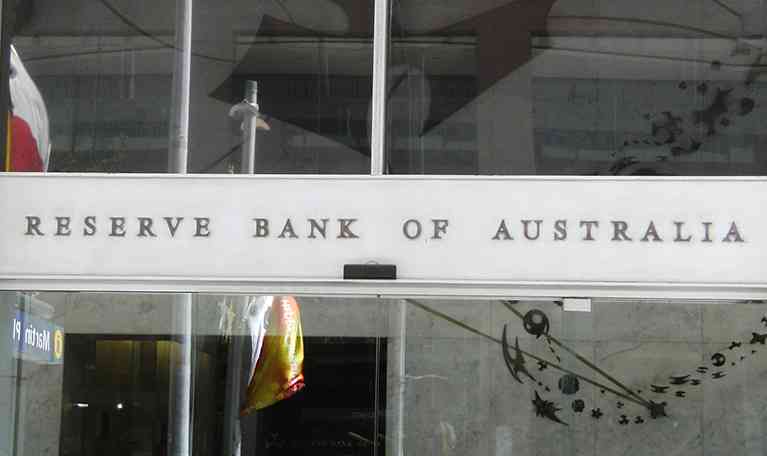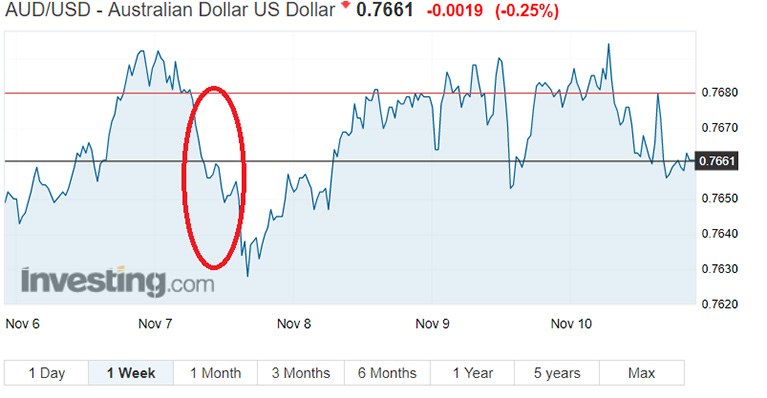The AUD/USD slipped this week following the Reserve Banks of Australia’s unsurprising decision to leave Australian Interest rates on hold at 1.5%.

Rates have remained static since the last August 2016 when rates were cut from 1.75%
Phillip Lowe the Governor of Th Reserve Bank of Australia delivered his thoughts on both global economic improvements as the economic scenarios facing Australia.
Overview of global economic climate
Lowe stated that overall condition in the global economy had improved citing that China, in particular, was seeing the benefits of continually improving infrastructure and development.
As the long-standing prime trading partner with Australia, the RBA will be encouraged by China’s continual investment and therefore need for raw materials and commodities. This being said Lowe also stated that he did anticipate longer-term contraction.
Australia’s terms of trade are expected to decline in the period ahead but remain at relatively high levels.
The Australian economies growth forecast
Whilst the Australian economies growth forecast remains largely unchanged, the Reserve Bank Australia anticipates GDP to pick up roughly 3% in the next few years.
Business conditions are positive and non-mining business investment has also increased.
Investment in Australian infrastructure is also now playing its part in the growth of the economy.
Weakening USD effecting the Australian economy
With a key trading pair being the US Dollar, the appreciating AUD/USD has added pressure to the Australian economy. Key areas which have suffered include employment and output with the appreciating AUD/USD being blamed for slower growth and low inflation.
Australian inflation remains below ideal levels
As with many countries, Australia is struggling with relatively low inflation. Touching upon this the Reserve Bank of Australia said that CPI in Australia was lower than desired. With the only real increases being seen in tobacco costs. The Bank admitted that inflation was likely to remain low for the foreseeable.
AUD/USD reaction to the rate statement
In the days that followed the AUD/USD weakened significantly with the pair moving from 0.7681 to a near three-month low of 0.7637. The wishes of the RBA potentially being listened to investors.
On Friday the plot thickened with the RBA releasing their quarterly monetary policy report in which they heavily revised inflation expectation. The bank anticipates inflation will remain below their ideal rate of 2%, sitting at 1.75% until the end of 2018. Before achieving between 2-3% in 2019. The report, without doubt, dictates longer-term interest rate decisions as the RBA wrestles with low inflation.
